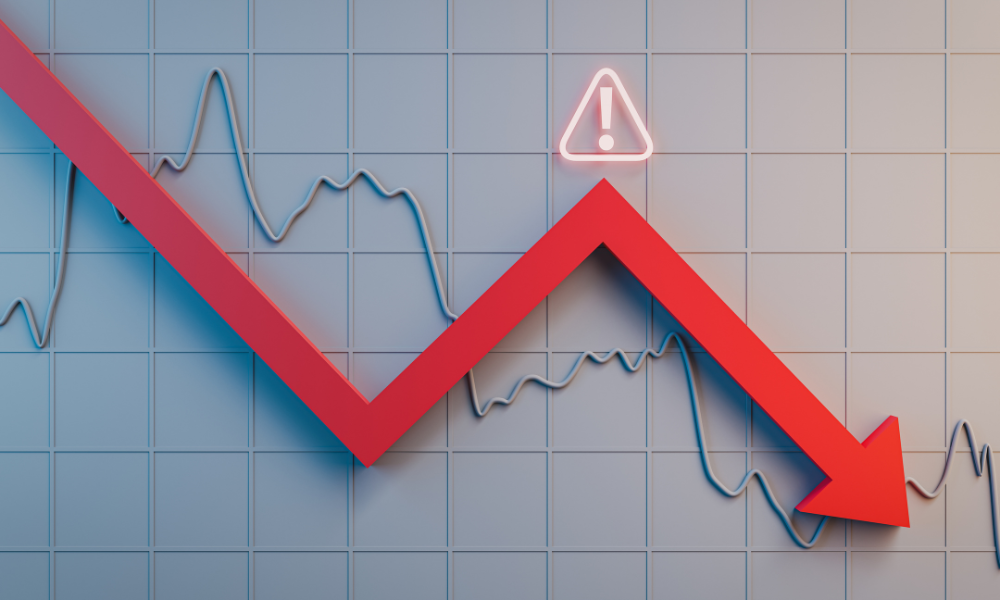Warning signs of major house price declines often follow clear, repeating patterns

Across different centuries and continents, major housing market crashes have followed familiar warning signs: steep price rises, restricted access to credit, reduced buyer demand, and rapid price falls. OneRoof has shared an analysis of seven significant historical property downturns, revealing common indicators that could help predict future collapses.
The Great Depression’s toll on US housing
In the United States, house prices fell significantly during the Great Depression. After years of strong economic growth in the 1920s, a stock market collapse in 1929 led to widespread financial panic. Job losses rose, credit became scarce, and many homeowners defaulted on their loans. As a result, house prices dropped by roughly one-third in just four years.
Ireland’s boom and bust
Ireland’s housing market experienced a similar trajectory in the late 2000s. Following years of growth supported by European funding and accessible lending, the 2008 Global Financial Crisis halted economic momentum. Banks stopped issuing loans, new developments outpaced demand, and property values declined by more than half.
Hong Kong’s post-handover setback
In 1997, optimism around Hong Kong’s economic future pushed home prices upward following its return to Chinese rule. However, the region was soon hit by the Asian Financial Crisis. As foreign investors withdrew, interest rates climbed, mortgage repayments surged, and property values fell by more than 60% over six years.
Amsterdam’s 18th-century decline
Amsterdam’s housing market in the 1700s collapsed gradually. The city had been Europe’s commercial hub, and speculation in real estate grew among wealthy merchants. However, as rent growth slowed and population increases stalled, confidence eroded. The prolonged decline led to a cumulative price drop estimated at more than 60%.
Japan’s lost decade begins with a burst bubble
Japan’s real estate bubble in the 1980s followed a period of aggressive bank lending and overvaluation of property, particularly in Tokyo. When interest rates rose in 1989 to slow speculation, buyers retreated. Over the following decade, land values in the capital fell by up to 80%, contributing to long-term economic stagnation.
Crisis in ancient Rome
In ancient Rome, land speculation reached extreme levels among elites during the early imperial period. A government policy change in AD 33 required banks to hold more land, leading them to call in loans. Borrowers were unable to repay, prompting mass property sales and triggering a sharp price decline.
The Black Death’s housing impact
The Black Death in 14th-century Europe also caused a dramatic fall in land values. As up to half the population died, housing demand collapsed. Entire settlements disappeared, and property values reportedly dropped by up to 80%.
While the precise timing of crashes varies, the underlying signals – unsustainable price increases, credit contraction, and external shocks – frequently precede steep declines in housing markets.



